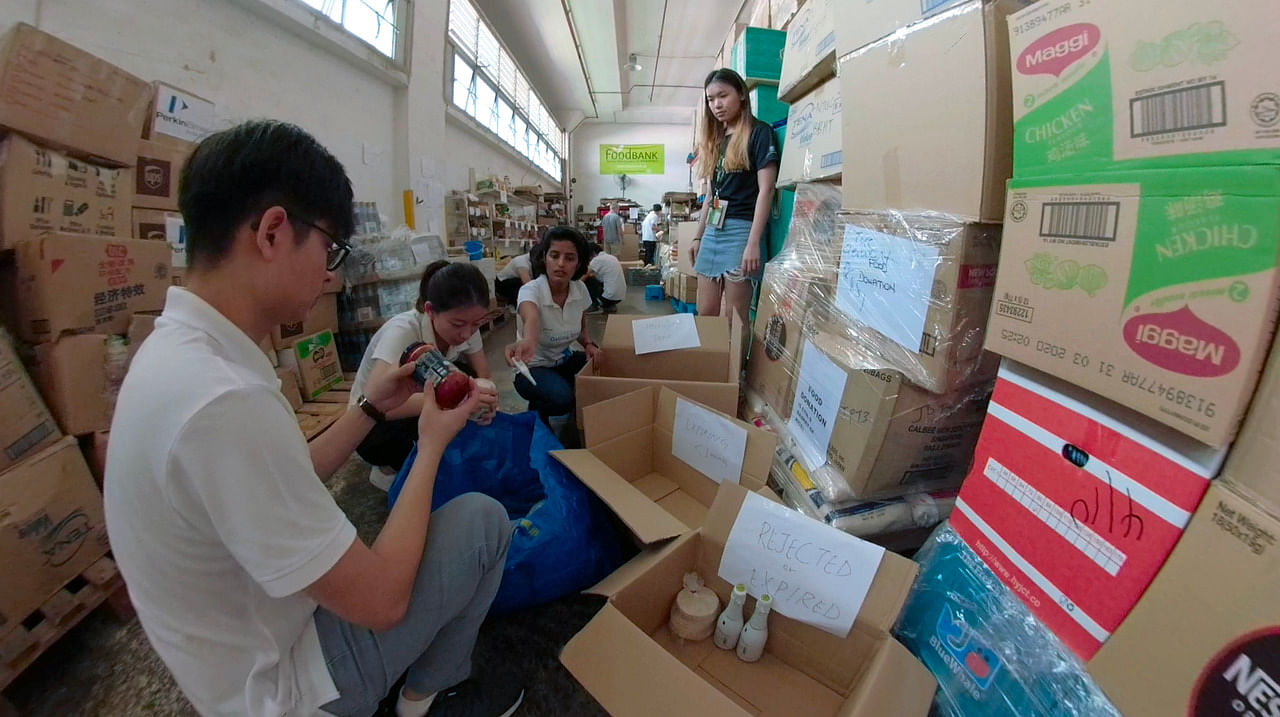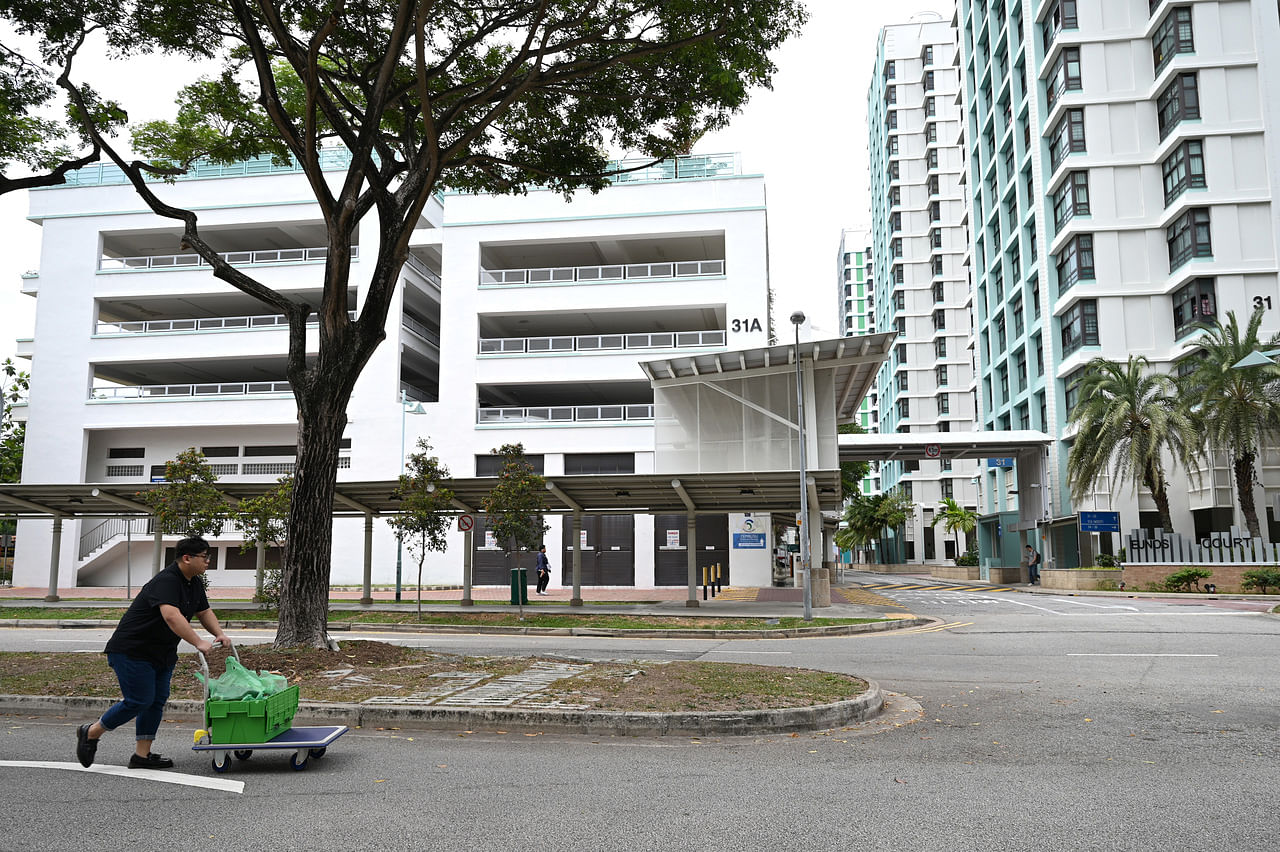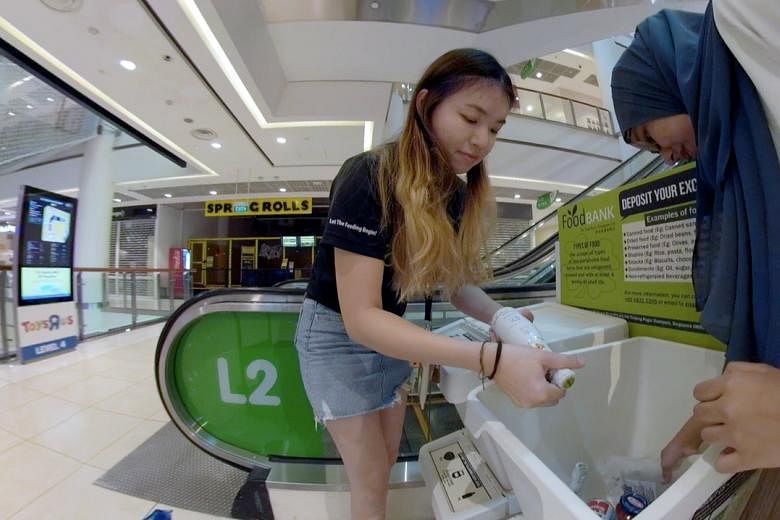An elderly man living in a rental flat does not cook - yet, volunteers still keep donating bottles of soya sauce to him. This episode, which was highlighted on Facebook in August, has gone viral and ignited a debate on the mismatch between volunteering and donation efforts and what the vulnerable really need. As the festive season of giving draws closer, The Straits Times follows The Food Bank Singapore and its partners to find out about the food donation process and how wastage can be minimised.
THE FOOD DONATION JOURNEY
1. Collection
The Food Bank Singapore has 80 collection points islandwide, and 20 are located inside shopping malls. Collections are done about once a week.
2. Sorting and classification
Volunteers at The Food Bank Singapore warehouse sort out donated items that have been collected. In 2018, about 5 per cent, or 27.5 tonnes, of donations it collected cannot be used, for example, food items that are unsealed or expired, and non-food items.

3. Making inventory lists
• The Food Bank Singapore distributes food donations to 350 organisations in its network.
• It minimises wastage by sending regular inventory lists of donated items, so that these organisations can use the list to request items that they require.
• The most commonly requested items are instant beverages and dried beehoon.

4. Delivery of food gifts
The Tembusu Seniors Activity Centre in Eunos Crescent is one of the organisations that receive regular deliveries of food donations from The Food Bank Singapore.

5. Sharing love abroad
• Mr Abdul Kadir Abdullah Khan Sahib, 71, is a beneficiary of the Tembusu Seniors Activity Centre. Sometimes, he receives items that are not to his taste, such as snacks, which he will give away or choose not to accept.
• Volunteer groups say that beneficiaries' preferences should be matched and that beneciaries should be given the option to decline unsuitable food items.



